It’s indiscriminate, dangerous and legal
Tyre burning poisons the air, but there’s no effort to control it.
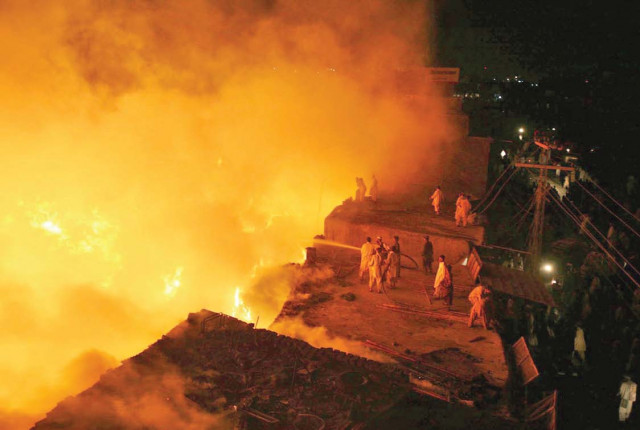
Sajid Nazir, a security guard outside a law office opposite the Punjab Assembly, carries an air-filter face mask in his pocket. The traffic congestion on The Mall is not what bothers him. It is the smell of sulphur from burning tyres.
“It’s suffocating,” says Nazir. “Sometimes, if I inhale the smoke, I end up coughing blood.” The face mask comes in handy at his office, which is located near Lahore’s most popular protest location, and hence regularly exposed to emissions from scrap tyres set on fire.
He tries to stay inside the building to avoid toxic fumes, but his job is mostly about helping people park cars outside, so that suffocating feeling from breathing in the black acrid smoke is often unavoidable.
Burning tyres emit gases extremely hazardous to human health, especially for people like Sajid, who are frequently exposed to the emissions. But there are no environmental laws stopping protestors from burning tyres and little awareness of its hazards.
What emissions are produced by burning tyres depends on a variety of factors, such as the composition of the tyre and the rate of burning.
But most tyres are packed with toxic chemicals including volatile organic compounds such as benzene, a carcinogen; metals such as lead, which is harmful to the kidney, liver and nervous system, particularly in children; and synthetic rubber components such as butadiene and styrene, which are also carcinogenic.
Burning tyres also emit sulphur dioxide, which irritates the nerve endings in the nasal passage. It narrows the airways, especially in those suffering asthma, and frequent exposure increases the risk of respiratory diseases. Additionally, the chlorine content in tyres leads to creation of dioxins and furans, which are extremely toxic chemicals.
There are protests featuring burning tyres outside the Punjab Assembly or the nearby Lahore Press Club at least once a week, according to Abid Nawaz, a photographer with the The Express Tribune who covers such demonstrations regularly.
Student groups such as the Imamia Student Organisation and small political parties often use burning tyres at their protests, he said. “The tyres are a symbol of anger. We set them on fire to block roads and to call attention to our cause,” said ISO spokesman Aftab Hashmi. “But we only do so for bigger protests, where more people are required to participate.”
Scrap tyres are easily available from several tyre shops on Bund Road or from workshops at petrol stations.
But despite their widespread use and toxic emissions, government has expressed no interest in stopping it. In fact, they said it was not even illegal.
Zahid Younas, the deputy district officer for environment, says no law in the Pakistan Environment Protection Act 1997 deals with burning tyres during protests. He said no one had even been penalised for burning a tyre at a protest, but the city government took regular action against factories that used tyres as a fuel.
Lawyer Muhammad Shoaib said the only legal action that could be taken against those burning tyres during a protest would be under Article 9 of the Constitution for disturbing the peace.
Published in The Express Tribune, June 4th, 2011.


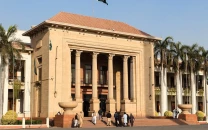





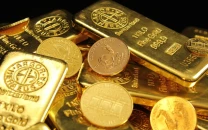
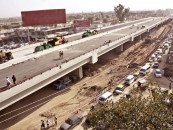

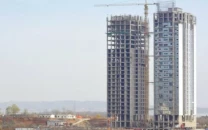







COMMENTS
Comments are moderated and generally will be posted if they are on-topic and not abusive.
For more information, please see our Comments FAQ